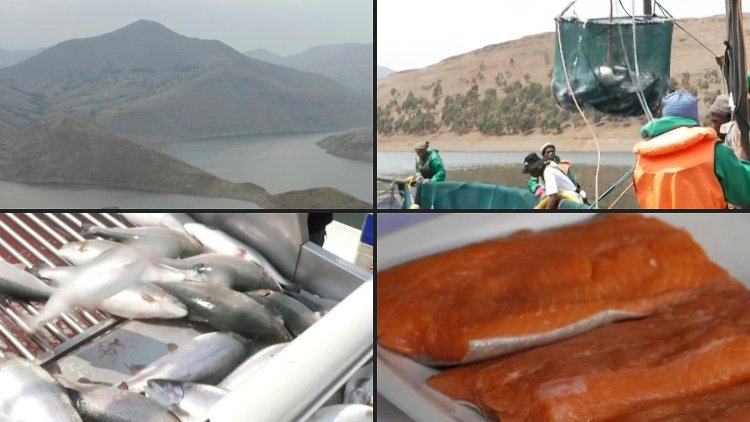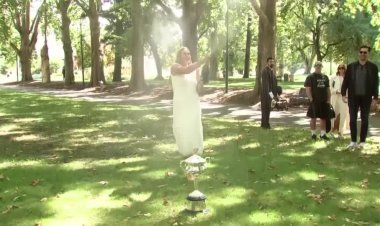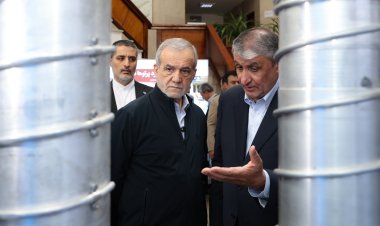Mountainous Lesotho finds gold in trout fish farming

Trout farming in Lesotho has grown on the back of another of the mountain country's most famous exports.
South Africa gets much of its water from its neighbour, which has dammed several of its waterways over the past three decades.
The dams have widened riverbeds, creating inlets and basins that are ideal for trout farming.
Katse Fish Farms lies more than 2,000 metres above sea level on the Malibamatso River, upstream from the giant Katse Dam reservoir that supplies South Africa's capital Pretoria and the largest city, Johannesburg.
Fish farming currently accounts for less than 0.1 percent of Lesotho's $2 billion GDP.
Locals say they have always eaten salted, sun-dried freshwater fish. And young boys sell fresh catch to passing motorists.
But as dam construction continues the country has the potential "to become the regional leader in aquaculture,".
In this country of just over two million people, who rank among the poorest in the world, few seem to be benefiting so far from the water boom.
Many of the village's stone houses with thatched roofs have no mains water or electricity.
Large swathes of land were flooded after dams went up.
Some people lost their homes and access to farmland, receiving only small compensation in return.
The yield is not grain or fruit, but rainbow trout -- the bounty from an undulating river at the foot of the peaks of Lesotho.
The company is profitable, with a yearly output of 800 tonnes of fish, which is sold at about $4 a kilogram.















